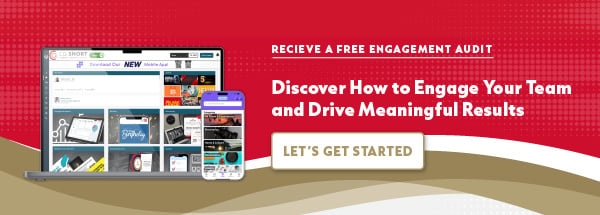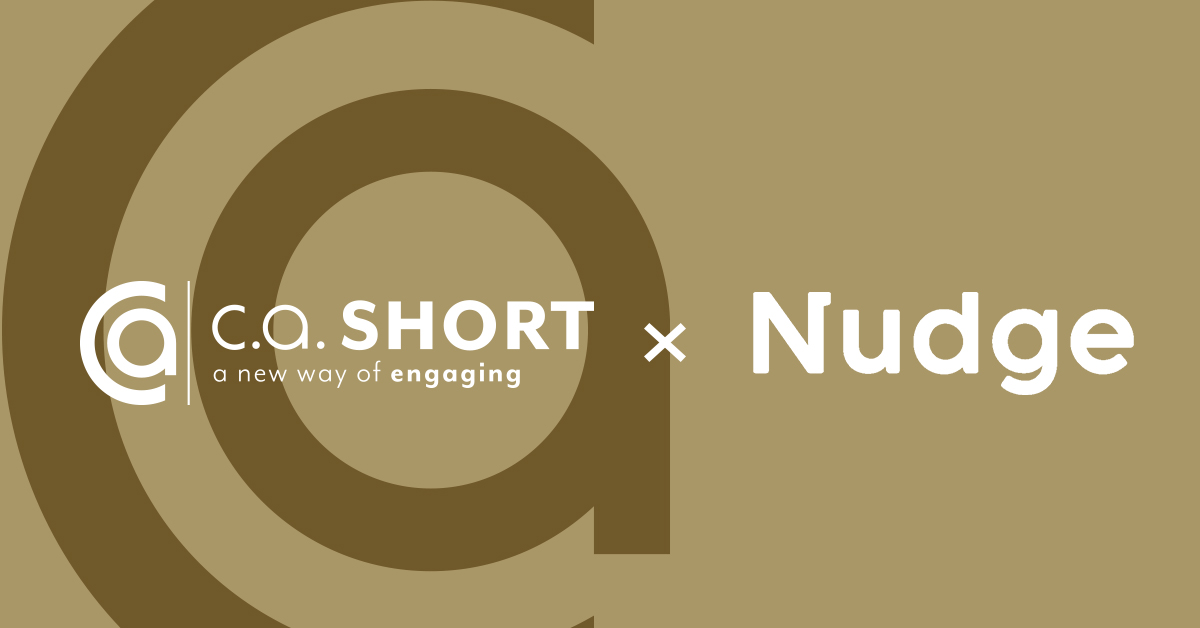-png.png)
It’s important to take care of your employees. After all, your organization won’t be able to reach the heights of success if not for employees who are healthy in all aspects of their lives. Besides having a comprehensive employee benefits package which includes proper healthcare and paid vacation days, another way to take care of your employee is by helping them achieve personal economic security through financial literacy programs.
This is all the more important as the New York Post reports that Americans are notoriously bad with money. Indeed, the report cites a Bankrate survey that details how 60 percent of Americans don’t even have $500 to spare in care of emergencies. By empowering your employees through a financial literacy program, they can better manage their debt and save up for retirement, as well as increase their productivity. You'll also be able to help yourself grow your business as you take better care of your employees, as these programs can motivate your staff and boost employee morale.
Now that we’ve established the importance of financial literacy programs for your employees, let’s now take a look at what you need to do when planning these programs.
Have Your Employees Assess Their Financial Knowledge
In order to maximize your employee financial literacy programs, you can help your employees figure out the key areas of their finances where they should focus their attention. With financial self-assessment programs, your employees can be more aware of what they do well and increase their financial confidence. Furthermore, the results of these assessments are also vital in shaping other aspects of your financial literacy program. While there are many financial health quizzes available online, be sure to look for one that covers retirement savings, income, debt, credit score, and emergency funds.
Choose What to Cover in Your Financial Literacy Program
Strategize using key tools and programs
There are a lot of different aspects of financial literacy, and it’s best to focus your energy on key areas where your employees are having difficulty. As we’ve mentioned, the results of self-assessment programs are key to helping you build the structure of your financial literacy program. It’s easier to digest information when it’s administered in small doses, so it’s best to go beyond just having a general discussion of one’s finances without and deep dive into the different strategies on how to achieve financial success.
Learning how to save is a basic financial strategy that everyone should learn in order to improve their financial wellbeing, so make sure to discuss that in your financial literacy program.
Provide Multiple Options
To give them as many options as possible, cover areas of investment they may not be knowledgeable with. While most adults are aware of savings or time deposit accounts, many may not be as familiar with other savings instruments like certificates of deposit, which are not only an easy way to save, but can also be a great tool for building an overall financial plan. This guide to CDs outlines how they come in different kinds, rates, and term lengths, so employees have the power to customize their own savings strategy in a secure account that offers even better interest than a traditional savings account. Moreover, while many are aware of 401(k) plans for retirement, not every employee is knowledgeable about 529 plans for their children’s college funds, which is another topic your financial program can cover.
These are just some examples of what you can focus on in your financial literacy program, but be sure to reference the results of the financial assessment quizzes so you can fully cater to the needs of your employees.
Teach Your Employees to Use Financial Tools
Financial Management Apps
There are many financial tools that can help your staff. For one, your employees can have an easier time managing their budgets through the use of different apps and programs. Indeed, research has found that a lot of people have found better success with their budgets when paired with a financial management app. This is because these apps also have a function that can track where and how people spend their money, helping them learn more about their financial behavior.
Stocks, Forex, and Bonds
Moreover, learning how to manage investments like stocks, forex, and bonds should be common knowledge now. You should introduce your employees to these investment instruments, as well as ease them into using modern tools like online brokerages. Having successful investments can help ensure one’s financial security in the future, so be sure to include these and the tools they need in your financial literacy program.
Ultimately, your financial literacy programs will serve as a guide and inspiration for your employees to strive for financial security. However, there’s more to taking care of your employees than just helping them with their finances. Indeed, there are five key elements to a person’s well-being: purpose, social, financial, community, and physical. So if you want your organization to grow — as well as improve the productivity and quality of work in the office — be sure to help them improve each aspect of their overall wellbeing through other activities like employee engagement wellness programs.
How C.A. Short Company can help
With our detailed and strategic employee engagement platform and programs, we can work with you to help educate and develop programs centered around employee financial success. We have over 75 years of recognition and engagement program success, learn how we can help transform your current initiatives and improve employee productivity, work happiness, and more!





.jpg)


-png.png)
SHARE